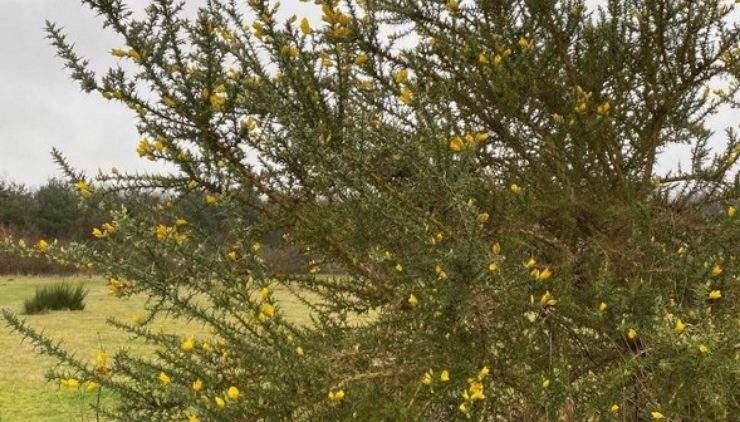July & August 2011
- Categories:
- Nature
We had a number of wildlife highlights over the summer with the discovery of Daubenton bats hunting over the fishing pond on a regular basis being really special and taking the total number of bat species recorded at Kelling to six.
Daubenton bats are sometimes called the water bat due to their habit of often hunting only 5-20cm above the water surface and frequently dipping down to catch their insect prey. We will shortly be doing the annual check on the bat boxes and it will be really interesting to see what species we find this year.
On the bird front we have had some really good sightings of Siskins and Crossbills near to the conservation pond. Crossbills are heavy billed, brightly coloured birds that in some ways resemble parrots as they sidle along a pine branch to extract seeds from cones with their specialist bill. One of the best clues to their presence is a flurry of papery seed wings from a pine tree and the occasional noise as an empty pine cone hits the deck.
At this time of year some of the warblers such as whitethroats have swapped their usual diet of insects for berries, with elderberries being a particular favourite. We have also heard the chiffchaffs breaking into a rather feeble song that is a bittersweet reminder of their cheerful spring song.
Although it often seemed to rain during the Thursday pond dipping sessions we were still able to find a lot of interesting beasts with highlights for many being dragonfly nymphs and newt larvae as well as lots of sticklebacks. The adult dragonflies and damselflies were scarce when the weather was poor but typically as soon as the sun came out they put on a wonderful display. On our best day we saw nine different species of dragonfly and four species of damselfly.
A common question is what is the difference between a dragonfly and a damselfly? Generally speaking damselflies are more delicate and when at rest hold their wings along the line of their body. The front and back wings are all the same shape and the head has eyes on either side, rather like a hammerhead shark! Dragonflies are chunky looking and when at rest they hold their wings out flat at right angles to the body. The front and back wings are different shapes, with the front wings narrower than the back ones. They have rounded heads and their enormous eyes usually meet at the top of the head. All dragonflies are predators, both in the larval and adult stages. The larvae are mainly ambush hunters, lurking in vegetation or sediment at the bottom of ponds.
Adult dragonflies hunt on the wing, taking anything from small flies to butterflies and even smaller dragonflies. At the conservation pond Southern Hawker dragonflies were very noticeable as they appeared to be inquisitive and almost friendly. In reality they are strongly territorial and will patrol a stretch of the water’s edge until a female enters the area.
Towards the end of August common and ruddy darters were the most obvious species. They were frequently seen posing on reed stems and on the picnic tables!
Finally it seems to have been a good summer for deer at Kelling with visitors spotting roe on a number of occasions, a red deer stag near the site entrance and muntjac across the site on many occasions.


